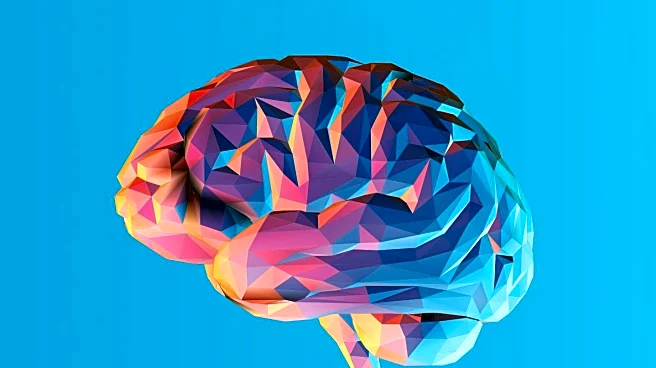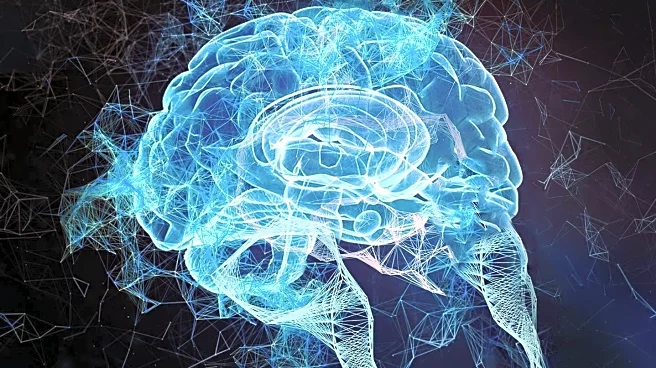What's Happening?
A study conducted in Taiwan has found that higher cumulative doses of methylphenidate, a common ADHD medication, are associated with increased gray matter volume in several frontal regions of the brain in children who began treatment before age 12. The study included 89 individuals diagnosed with ADHD and 91 typically developing controls, with MRI scans conducted at baseline and approximately five years later. The research suggests that early exposure to methylphenidate may affect brain development and symptom improvement in ADHD, although the effects were not statistically significant after correction for multiple comparisons.
Why It's Important?
The findings highlight the potential impact of ADHD medication on brain development in children, particularly when treatment begins at an early age. This could influence clinical practices and parental decisions regarding the timing of ADHD treatment. Understanding the structural changes in the brain associated with medication use may lead to more informed treatment strategies and improve outcomes for children with ADHD. However, the study also raises ethical concerns about the long-term effects of stimulant medications on young brains, necessitating further research to ensure safe and effective treatment protocols.
What's Next?
Further research is needed to explore the gender-dependent effects of methylphenidate and the impact of drug holidays on cumulative dosage calculations. The study's authors suggest that early methylphenidate exposure may influence frontal brain morphology and symptom improvement, but more comprehensive studies are required to confirm these findings and guide treatment decisions. Stakeholders such as healthcare providers, parents, and policymakers may need to consider these results when developing ADHD treatment guidelines.












